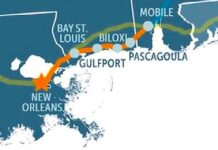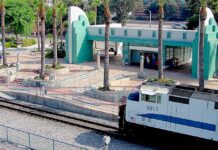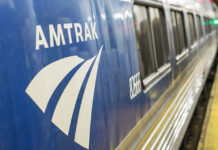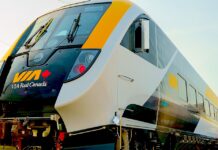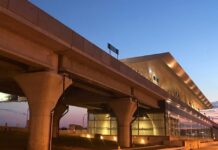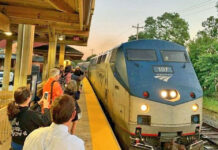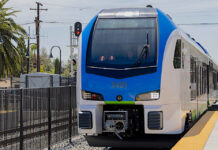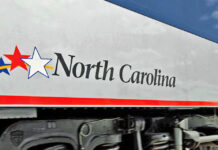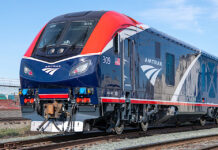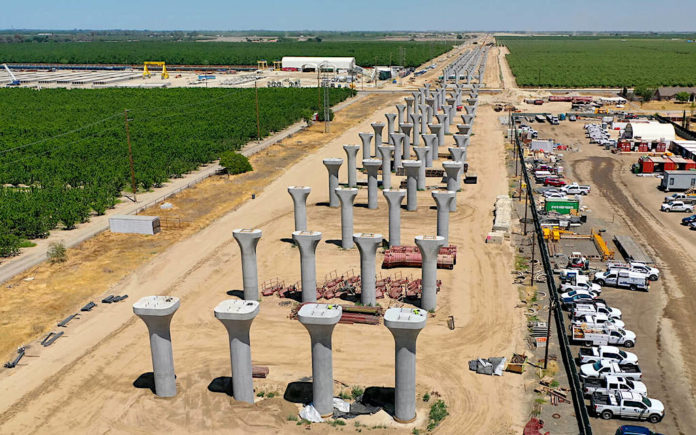
Can California’s train to nowhere get back on track?
In the depths of the 2008 recession, Californians were sold on a beautiful dream: a bullet train that would whisk them between Los Angeles and San Francisco in less than three hours. The project was to be the start of a new era of high-speed rail that would stretch the full length of the west coast, and, eventually, all across the U.S. Fast-forward and the dream is all but dead. The California project is still technically up and running, but it is so far behind schedule that it has yet to lay a single mile of track, despite 14 years of work and about $5bn spent. [theguardian.com]
Why Canada lags far behind Europe in electrifying rail
Electric trains are widespread in Europe — yet in Canada, most trains are diesel or diesel-electric, with the exception of some public transit lines in major cities. A 2020 report found that Canada’s adoption and implementation of electric and hydrogen rail is “slower than most developed countries and some developing countries, such as Morocco and China.” Many rail lines in Europe have been electrified with overhead catenary wires, but other technologies have also been moving forward. So why is Canada so far behind on electrified rail? [cbc.ca]
Easy access essential to boosting transit ridership
Transportation makes up the largest share of U.S. carbon emissions, and expanding public transit will play an important role in decarbonizing the sector. Ambitious investments in public transit are needed to make transportation more modern, efficient and reliable. But while taking public transit is a more environmentally friendly option than driving, for many people driving isn’t a choice – it’s a necessity. We need to build communities that are walkable and have access to robust public transit so that it’s easy to drive less. [smartcitiesdive.com]
US passenger rail ridership increased 9.7% in 2021
Rail modes have typically accounted for half of all transit rides taken in the U.S. However, year-end ridership information shows rail modes accounted for approximately 42 percent of all transit rides in 2021. Compared to 2020, overall transit ridership showed a 3.6 percent increase. This is supported by a 9.7 percent increase in all modes of rail ridership. The rebound isn’t unexpected as rail modes suffered the most significant decreases in ridership during 2020. [masstransitmag.com]
Canadian transit ridership stays flat as gas prices soar
Transit ridership across Canada is still noticeably down compared to pre-pandemic levels, even as more people return to the office and gas prices hit record highs. While vehicle use and air travel have near fully recovered, transit use may still take a few years to rebound, observers said. The most recent ridership figures show that March 2022 was the twelfth straight month of year-over-year growth in urban transit. Still, ridership is only 52 per cent of what it was at the beginning of the pandemic in March 2020. [cbc.ca]

